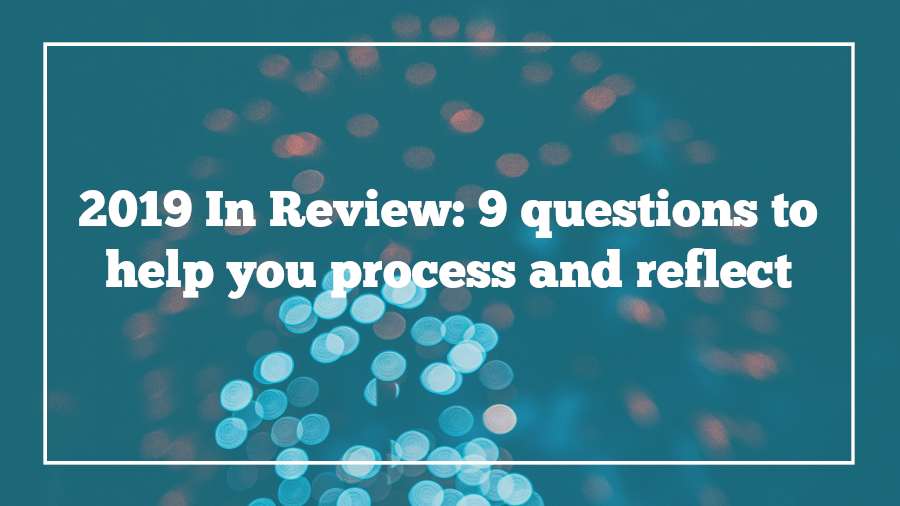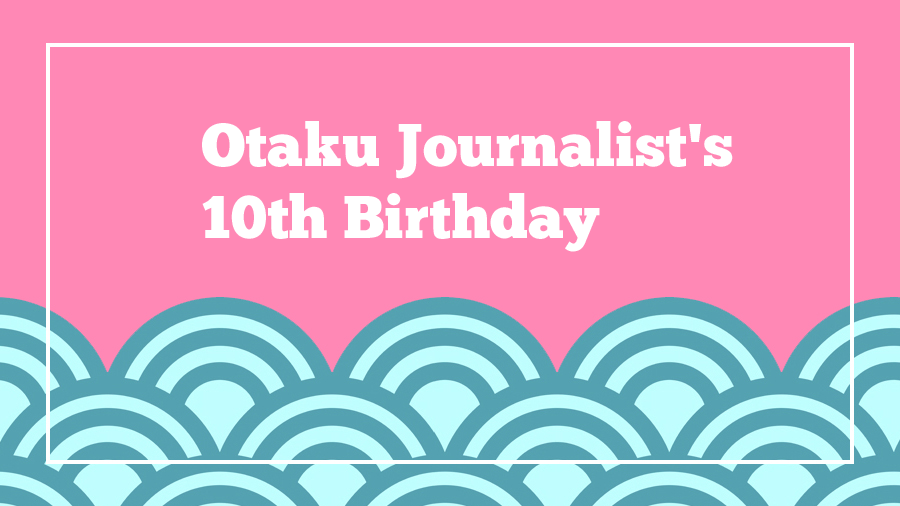
It’s been a while since I’ve written, but to me, it has felt like no time at all. Having a baby has really skewed my sense of the passage of time. Even as I readjust and things get easier, the sense that linear time remains warped has remained.
First, I was on maternity leave. Let me tell you what it was like to be away from work for two months after ten years of defining myself by it. Having a baby has been particularly weird because it’s one of the few socially accepted practices under capitalism that does not improve one’s work productivity. I use an app called RescueTime to track my online productivity, and just look at the nosedive I took in October—it’s basically all Netflix! In two months of leave, I worked on my laptop maybe once or twice. Even after I returned to work, at least partially, I continue to do most of my writing on my phone. A lot of this work will never see the light of day. I started keeping a journal because constantly caring for a baby can do a number on your memory. Aside from wanting to keep it to myself due to my privacy concerns, it’s also a bit less articulate than what you’d usually see from me.
Now it’s February and I still am not back to normal. I think what “normal” is has changed forever. Before I had Eva I was focused on getting back to normal as soon as possible. That’s why I wanted to take off only two months, having no idea how I would feel afterward. I knew I wanted to be more than a mom. But I didn’t realize how much of my time I would want to spend just being a mom, and it turns out the answer is a lot. It’s amazing how everything else has felt like background noise compared to Eva and her wants and needs. I imagine a lot of this is a hormonal surge designed to keep me from leaving her on the ground to be eaten by wild animals. There have been times I’ve prioritized work over John even. It’s weird to have something more important than my work.
My schedule changed hugely in early January when Eva started sleeping through the night in her own room. After her 7:30 bedtime, I’d have a guaranteed two hours of productivity, enough time for one or maybe two writing assignments plus email catch-up, administration, and billing. But during the day, I’ve been getting less done than ever. Eva’s stomach is bigger so she nurses less often, meaning I spend less time writing on my phone the way I detailed in my Anime Feminist essay about breastfeeding. She’s more active and less content to play quietly with toys while I work on my computer, so our days are filled with stroller rides, playdates, storytime at the library, baby yoga at the community center and all the basic mom stuff I never thought I’d do because I didn’t realize yet how even boring things are fun when I do them with her.
Eva is infinitely interesting. Seeing life through the eyes of a baby makes the ordinary fascinating. For example, it’s amazing how much John and I, two Christmas curmudgeons due to our birthdays occurring Christmas week, got into the spirit this season. It’s amazing how, after years of ignoring much of what DC has to offer as “tourist stuff,” we’re carting Eva around museums just to see her expression, raptly focused and observant whenever she sees something for the first time, which is a lot of the time!
I’ve been reading about matrescence, a time of metamorphosis when a parent, usually the one who gave birth, undergoes a dramatic identity shift after having a child. I still introduce myself as a freelance writer to other parents (the only type of people I seem to meet these days), but it feels less fitting now that I’m essentially a stay-at-home mom with a side gig. After years of defining myself through the work I do and the hobbies I cultivate, who am I once the way I spend my days has changed so much? My life feels like a pie dish without enough room for all the slices I want to fit in it. And still, I’m coming from a place of incredible privilege and I know that. I’m lucky to have an active co-parent in John and to be in a position where I don’t have to work a lot if I feel overwhelmed. I’m lucky to have understanding clients and flexible deadlines. I know this is unrealistic for so many which is why accessible childcare and resolving income inequality are my two most strongly held convictions going into the 2020 election season.
Every day, Eva does something that I’ve never seen her do before. It reminds me that both she and I are going through a period of enormous change. She won’t always need me this much, and that’s why I’m seizing any spare moment to keep up my career. I’m not back to work as much as I thought I’d be at this point, but I haven’t given up the effort. Watch this space.
Photo by Bogomil Mihaylov on Unsplash




